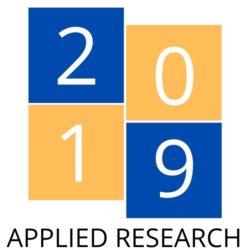Simulating the Recovery of Big Sagebrush Communities from Disturbances Due to Oil and Gas Extraction
At well pads—areas developed for oil and gas drilling—both the vegetation and topsoil are completely removed. After drilling infrastructure is installed, these areas are reclaimed, meaning the topsoil is then replaced, and the areas are seeded with various mixes of species. Despite reclamation efforts, big sagebrush communities have an extremely hard time returning to a Read more about Simulating the Recovery of Big Sagebrush Communities from Disturbances Due to Oil and Gas Extraction[…]













